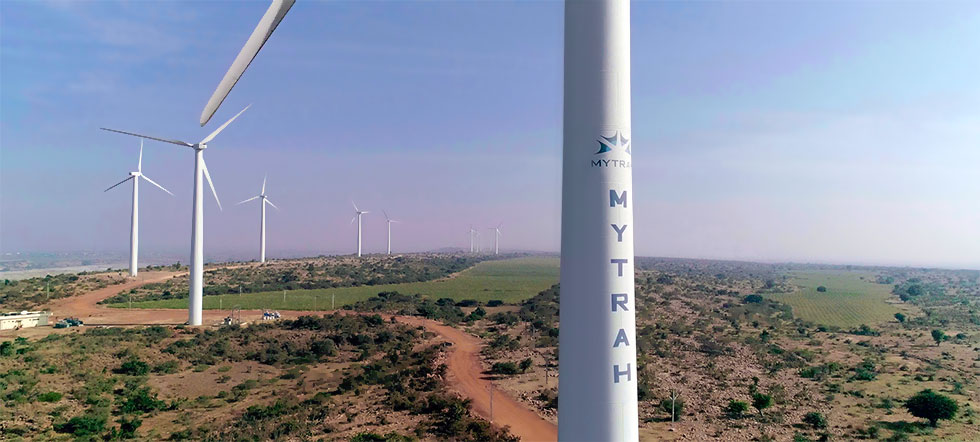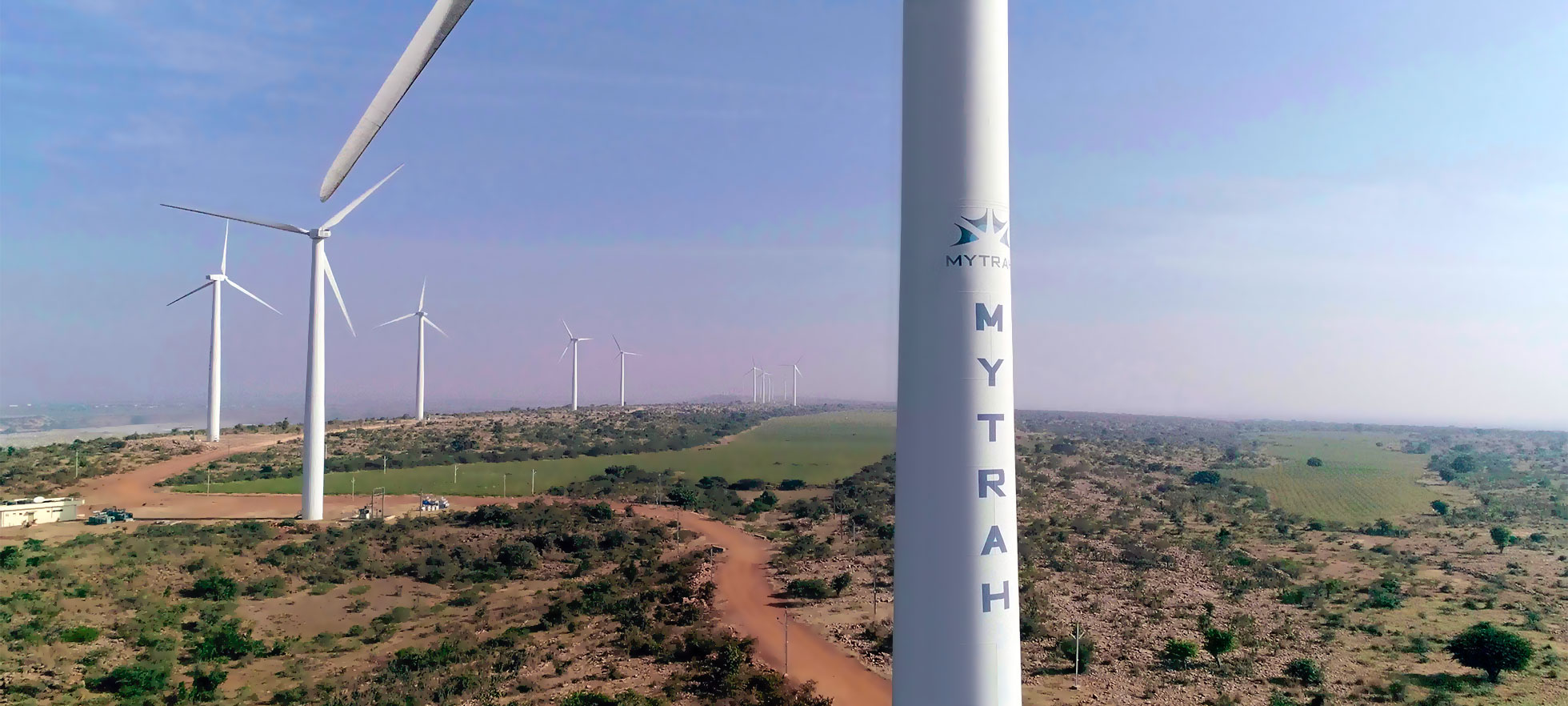
Balance your remaining emissions
Why you should take this step
It’s simply not possible to reduce your footprint 100 percent – every business, and individual, uses resources and impacts the environment. But, once you’ve reduced as much as possible, you can act responsibly regarding your remaining emissions. Purchasing carbon credits allows you to offset emissions from your business, by supporting a project that reduces carbon emissions elsewhere in the world.Questions on your mind
- How much does a carbon credit cost?
- How do I choose a credible project to support?
- Is this ‘greenwashing’?
- What’s the difference between a renewable energy certificate (REC) and a carbon credit?
Carbon credits
Carbon credits (also called carbon offsets) compensate for your emissions by funding the removal of an equal amount of emissions elsewhere in the world. An independent party verifies that one carbon credit represents one ton of carbon dioxide emissions avoided by a carbon reduction project, such as planting trees or developing wind farms.Do you know the difference?

REC
When one MWh of renewable energy is generated, one REC is issued. Your REC purchase guarantees one MWh of your electricity comes from a renewable source. RECs only support renewable energy projects. This results in environmental benefits.

Carbon credit
When one ton of CO2 equivalent (CO2e) is avoided from an eligible project, one carbon credit is issued. Your carbon credit purchase guarantees one ton of CO2e is avoided in a specific project. The project always has environmental benefits (social benefits are optional).

Tip
When selecting the project you’ll invest in through carbon credits, consider how this project contributes to the Sustainable Development Goals - the United Nations' blueprint for achieving a better and more sustainable future for all by 2030.Choose a verified project
Carbon offsetting standards help ensure the projects you invest in have been credibly, transparently and robustly assessed to deliver the environmental and social impacts they represent. The leading international standards are the Verified Carbon Standard and the Gold Standard. Regional or country-specific standards also regulate the carbon offset market and create additional standards for specific project types. Don’t compromise here. Seek guidance to ensure you invest in legitimate projects.Which emissions will you offset?

REC
Offsets only Scope 2 emissions from purchased electricity. RECs are always issued from renewable energy projects. RECs are called Guarantees of Origin (GoO) in Europe.

Carbon credit
Offsets Scope 1,2 or 3 emissions (though most companies use RECs to offset Scope 2 emissions from purchased electricity). Carbon credits are issued from a wide range of emission reduction projects, not just renewable energy projects.

Tip
Technically, carbon credits could offset all your emissions, including those from electricity use. To keep with best practices, purchase RECs to green your electricity supply and use carbon credits to offset other emission sources (e.g., waste, business travel, transport, employee commuting).Things to consider
- Carbon offsets represent different degrees of positive social impacts. Select your portfolio with care to ensure your credits support your brand narrative, where possible.
- To continuously raise the bar, develop your portfolio over time to include an increased proportion of social impact projects.
Investing in clean energy
After reducing as much as possible, we balanced our remaining emissions by purchasing Verified Carbon Standard and Gold Standard credits. We prioritized clean energy projects – preferably wind farms with LM Wind Power blades, involving customer turbines or located near communities where we operate. Aligning our carbon credit purchases with our business vision resonated with employees.Project spotlight: clean energy, Mythra India
We invested in a renewable energy project in India, which also supports employment, health worker training, empowering young women, clean water provision and art workshops in the surrounding village. Learn more in our 2018 Sustainability Report.
